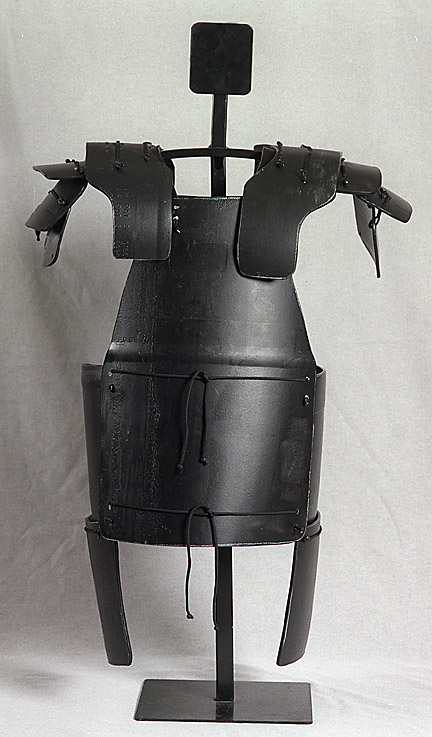Colors of plastic and the contents of the container
HDPE barrels come most commonly in White, Smurf Blue, and Black with lesser use in Dark Blue, olive green, bright green, red, and very rarely yellow. Most often food grade barrels are white, but this is not an absolute as I’ve seen food products in green before. I was told by my supplier (of barrels) that the white is a more “virgin” product and therefore has the highest quality/least re-used HDPE. It is therefore easiest to create a food safe product from white. But of course some foods are sensitive to light exposure so there will naturally be a need for opaque (read as colored) barrels too.
Permeability of HDPE and “toxic waste” and good source
HDPE isn’t a particularly porous substance. It keeps things contained pretty well as it’s structure is resistant to adhesion by quite a bit. This is one of the reasons HDPE barrels are a good choice for containing “hazardous waste”. But being able to contain nasty chemicals isn’t the same as DOES contain them.
At Dark Victory Armory we buy our barrels directly from a supplier by the hundred. He is aware of our re-use and selects barrels that have been used for detergents or acids. He triple steam cleans them so that when we see them they’re neat and clean. Having disassembled over 2000 barrels we only encountered one instance in which we got an uncleaned barrel with acid residue inside. The supplier addressed the problem and we have not seen it since! .
Our solution to getting safe barrels is to work with a known source who understands our needs and works to provide us with a safe product. You can get your own barrels for making armor from a supplier we do, buy them from a farm store new (how cool is that), you can talk to a local car wash or food maker and ask if you can pick up their empties. Either way you’ll probably not be running into any toxic waste barrels since that industry is pretty well regulated by the DOT. Your mileage may vary.
HDPE “fumes”
Burning HDPE has a similar toxicity to the smoke from candle wax. That said, I still don’t burn candles in my house. In the shop we have a simple ventilator near our melting/burning station for keeping things less smoky. Even though candle wax fumes aren’t nasty we still don’t like breathing them. We’ve made a lot of parts…. Something on the order of 75K. If there were an environmental problem with HDPE burning, we would have seen it by now.
HDPE appearance
This is armor made from barrels. At a distance it may look leather like to a person wearing modern clothing. If you are seeking to look like a period fighter you should consider covering it with something to hide it. Contact us to learn more techniques on how to do this.
We make armor in black because many people choose not to cover. Black stands out the least. My old armoring partner used to work in blue. His nickname was Papa Smurf…. Get it? We used to play around in white plastic and joked about equipping storm troopers. So obviously there are some things to think about when it comes to your on-field appearance. HDPE protects just fine and is tough and durable, but do think about coverage. Look at the info on in padding and adhesives since it works really well for covering materials too.
That said I’m looking to change some of our designs to form complex curves (such as shield bosses, pauldrons, knees, elbows) so that they look better even when covered. I’ve come to the conclusion that vacuum forming is the way to go since it’s not costly to set up. If someone is experienced with building vacuum tables I’ve got a paying job for you in VT.
